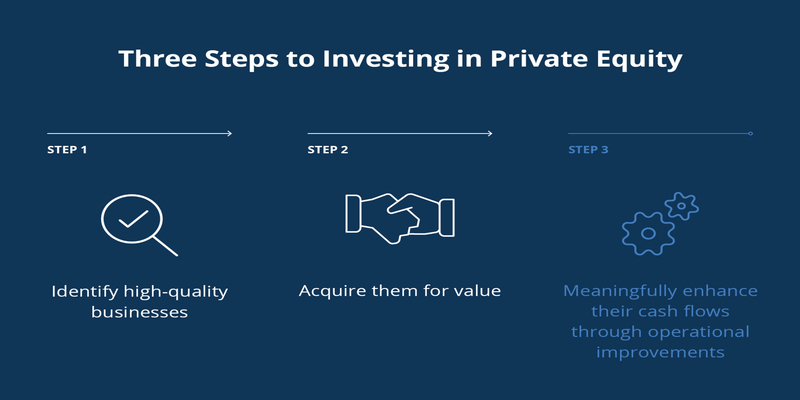Medigap Plan F is a comprehensive Medicare Supplement Insurance plan private organizations offer. Plan F helps beneficiaries with copayments and deductibles. Plan F provides broad coverage, but its exclusion for newly eligible after the designated date has led many to consider other Medigap policies. Plan F costs more than its alternatives, which may deter eligible people. Beneficiaries may pay more for Plan F's enhanced coverage. Ineligible Plan F beneficiaries can choose from several Medigap plans with comparable coverage. This lets individuals pick a healthcare solution that fits their budget and needs.
Working on Medigap Plan F
Medigap plans to augment Medicare. Medicare first pays its part of authorized healthcare bills and services. After Medicare pays its half, Medigap pays the rest. Medigap beneficiaries must pay a separate monthly premium for their increased benefits. Medigap policies are only for Original Medicare subscribers and cannot be utilized with Medicare Advantage plans. Medigap fills Original Medicare "gaps" such as copayments, coinsurance, and deductibles.
Medigap plans like Plan F are restricted for new subscribers, especially those eligible for Medicare after a specified date. Policies issued after a cutoff date may not cover Medicare Part B deductibles. Medigap plan members insured before the cutoff date are generally permitted to keep their coverage.
Medigap coverage and rates should be carefully considered while shopping. Plan F was popular, but Medigap Plan G, which covers almost as much but does not pay the Part B deductible, may be cheaper for new members. Personal healthcare demands and economic factors must be considered for an educated selection.
Coverage of Medigap Plan F

Medigap Plan F is known for its broad coverage. Beneficiaries wanting comprehensive healthcare coverage must understand Plan F. The medigap plan F coverage includes:
- Medicare Part A Coinsurance: Medigap Plan F covers Medicare Part A coinsurance and hospital costs.
- Part A Deductible: The plan protects policyholders from this first hospital expenditure.
- Part B Coinsurance or Copayment: Medigap Plan F beneficiaries are exempt from Medicare Part B coinsurance or copayments.
- Part B Deductible: Medigap Plan F covers it. This coverage is only for Medicare enrollees with Medigap Plan C or Plan F.
- Part B Excess Charges: Medigap Plan F covers healthcare providers that charge more than Medicare allows.
What It Does Not Cover
Medigap Plan F excludes some healthcare services despite its substantial coverage. Notable exclusions:
- Prescription expenses: Plan F does not cover prescription expenditures. Prescription medication coverage may need Medicare Part D.
- Long-term Care: Medigap Plan F does not cover non-skilled nursing home care.
- Dental treatment: Medigap Plan F does not cover routine dental treatment.
- Vision Care: Medigap Plan F does not cover eyeglasses or eye exams.
- Private Duty Nursing: Plan F does not pay private duty nursing expenditures.
Medigap Plan F provides substantial coverage, but beneficiaries should examine their healthcare requirements and restrictions before choosing a plan. Discovering options and finding a plan that suits individual needs is essential to ensure full health and financial coverage.
Alternatives
Plan G is the closest alternative to Medigap Plan F if you're ineligible. Since new plans can't pay the Medicare Part B deductible, Medigap Plan G includes everything in Plan F except it.
Top Medicare Supplement Insurance Companies
Private insurers sell government-regulated plans at prices established by the insurers. Signing up for Medigap coverage during open enrollment gives you the greatest pricing and easiest registration.
Once-only period. It lasts six months after 65 and Medicare Part B enrollment. If you're working after 65 and covered by a creditable group employer plan, your six-month term begins when you leave active employment or lose your insurance. Medigap plans are the cheapest and simplest to purchase during open enrollment since insurance providers can't consider your health or medical history. After the term, costs may rise, or you may be rejected coverage based on your health or medical history.
Insurance firms provide Medigap policies to Medicare-eligible under-65 disabled people in various states. Your State Health Insurance Assistance Program (SHIP) has further information.
Advantages of Medigap Plan F

Medigap Plan F is popular with Medicare enrollees for its complete coverage. This plan covers Part A and Part B deductibles and fills gaps in Original Medicare. Plan F's comprehensiveness makes healthcare expenditures predictable, giving people a clear picture of their medical expenses.
Network freedom is a benefit of Medigap Plan F. Medicare beneficiaries can pick any Medicare-accepting provider without being limited to a network. This flexibility allows people to choose from many medical providers, improving their healthcare alternatives and ease.
Copayments and deductibles are removed for Medigap Plan F cost beneficiaries at the moment of treatment. This feature streamlines healthcare by allowing people to access vital services without upfront costs. The plan covers these costs, making medical care easy for beneficiaries.
Medigap Plan F covers emergency treatment abroad for the first 60 days. Seniors who travel regularly may rest easy with this global coverage in a medical emergency. Medigap Plan F provides stability and continuity for Medicare beneficiaries. Despite Plan F's withdrawal for new members, these folks can still enjoy its full protection and predictability.
Medigap Plan F is high-deductible in several states, giving beneficiaries a strategic choice. This option has a greater initial out-of-pocket cost but lower premiums, making it a good choice for long-term savers.
Disadvantages of Medigap Plan F
Despite its complete coverage, Medigap Plan F has limitations that may affect selections. It's January 1, 2020, and discontinuation for new Medicare members is a major drawback. This limitation implies Medicare recipients enrolling after this date cannot pick Plan F; instead, they must choose Medigap Plan G.
Another drawback is Medigap Plan F's higher premium than that of other plans. Due to its broad coverage, the plan is usually more expensive. Beneficiaries may reassess their selections, especially when comparing the cost-effectiveness of identical plans without the Part B deductible.
Medigap Plan F covers almost all out-of-pocket payments, which may overinsure certain people. With the withdrawal of this plan for new participants, alternatives like Plan G, which gives equivalent coverage without the Part B deductible, have grown more popular owing to cost savings. Medigap Plan F provides strong protection, but its exclusion for new members, higher premiums, and risk of over-insurance make people reconsider their healthcare requirements and investigate cheaper options.




